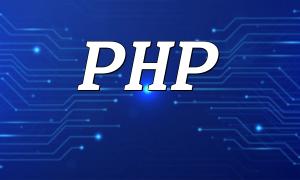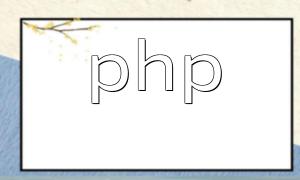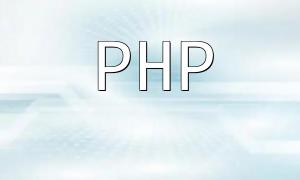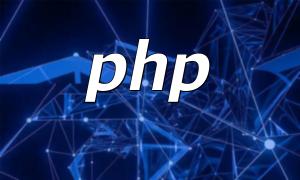In web development, ensuring the security of applications is a critical task for developers. The Phalcon framework provides powerful filter functionality, allowing you to sanitize and validate user input to prevent common attacks such as Cross-Site Scripting (XSS) and SQL injection. This article explains how to use filters in Phalcon to secure your application.
Filters are mechanisms used to sanitize and validate user input. They can handle data type conversions, remove illegal characters or tags, and prevent malicious injections. Phalcon includes a range of built-in filter functions to easily process different types of data.
First, ensure that the Phalcon framework is installed. If not, you can install it using the following command:
composer require phalcon/incubatorCreate a filter class in your application to manage sanitization and validation logic. You can create a Filter.php file under the app/library directory. Example code:
<?php
use PhalconFilter as PhFilter;
class Filter
{
protected $filter;
public function __construct()
{
$this->filter = new PhFilter();
}
public function sanitize($data, $filterName)
{
return $this->filter->sanitize($data, $filterName);
}
}In this code, a Filter class is created and a PhalconFilter instance is initialized in the constructor. The sanitize method receives data and the filter name, returning the sanitized result.
Filters are usually applied in controllers when handling user input. Example:
<?php
class UserController extends PhalconMvcController
{
public function updateAction()
{
$name = $this->request->getPost('name');
// Sanitize the data using the filter
$filter = new Filter();
$name = $filter->sanitize($name, 'string');
// Process the sanitized data
// ...
}
}In this example, the user-submitted name parameter is retrieved, then sanitized with the Filter class before further processing, ensuring the data is safe.
Phalcon provides multiple filter methods for different data types. Common methods include:
Choose the appropriate filter based on your application needs.
Using Phalcon filters helps protect your application from various security threats. Always sanitize and validate user input during development to ensure application security. Mastering filter usage is key to developing secure and high-quality web applications.








